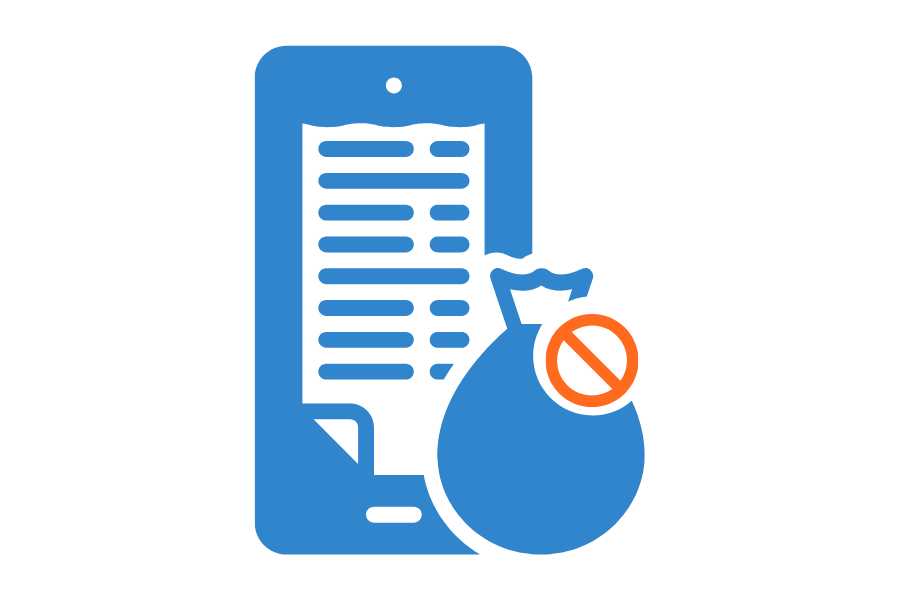Converting Your Singapore Sole Proprietorship into a Pte Ltd Company
Starting a business as a sole proprietorship can be a straightforward and cost-effective option, but as your business grows, you might consider converting it into a private limited company, also known as a Pte Ltd in Singapore.
This transition offers numerous advantages, including limited liability, tax benefits, wider funding options, and more. In this blog post, we will delve into the reasons behind converting a sole proprietorship into a Pte Ltd and provide a step-by-step guide on how to make this transformation.
Why Convert a Sole Proprietorship into a Private Limited Company?
- Separate Legal Personality and Limited Liability: One of the primary motivations for conversion is the separation of the business from its owner. A Pte Ltd has its own legal personality, protecting the owner from unlimited liability, which is a significant risk in sole proprietorships.
- Tax Benefits: Pte Ltd companies enjoy corporate tax incentives, potentially resulting in lower tax liability compared to sole proprietors who are taxed at personal income tax rates.
- Wider Funding Options: Private limited companies have more financing options, including equity capital from shareholders, secured loans, and unsecured financing. This can attract investors and financial institutions more readily.
- Future Succession: A Pte Ltd company has continuity even if the founder, director, or shareholder retires or passes away. It can be transferred or sold, ensuring the business’s longevity.
Disadvantages of Converting
- Increased Regulation: Converting to a Pte Ltd brings more regulatory requirements, such as meetings, annual returns, and formal documentation, leading to higher administrative costs.
How to Covert a Sole Proprietorship into a Private Limited Company
Step 1: Register the New Company
- Check eligibility and submit the registration application through ACRA’s BizFile+ website.
Step 2: Obtain Approval for the Company’s Name
- Submit a “No Objection” letter to use the sole proprietorship’s existing business name for the new company.
Step 3: Transfer Business Assets
- Close sole proprietorship bank accounts and open new ones for the Pte Ltd company.
- Settle sole proprietorship debts, converting remaining assets into capital.
- Novate or re-sign contracts, service agreements, or leases.
- Reapply for licenses or permits that are not transferable.
Step 4: File a “Cessation of Business”
- Submit a “Cessation of Business” application on BizFile+ within three months of the company’s incorporation to inform ACRA of the sole proprietorship’s closure.
Post-Incorporation Considerations
- Ensure the new company’s business registration number is updated on all official documents.
- Register with Singapore Customs if the business involves import, export, or transshipment.
- Register for Goods & Services Tax (GST) if the annual taxable turnover exceeds SGD 1 million.
- Register with the Central Provident Fund (CPF) for employee contributions.
- Pay the Skills Development Levy to the SkillsFuture Singapore Agency for employees.
Summary
Converting your Singapore sole proprietorship into a Pte Ltd company can be a strategic move for business growth, limited liability, tax advantages, and future sustainability. While it involves more regulation and compliance, the benefits often outweigh the disadvantages. By following the step-by-step guide outlined in this post, you can smoothly transition your business and unlock its full potential as a private limited company.
Let the pro team at Counto help covert your sole proprietorship to a private limited company in Singapore quickly. Speak to us directly on our chatbot, email us at [email protected], or contact us using this form.
Here are some articles you might find helpful:
Guide to registering your company in Singapore







